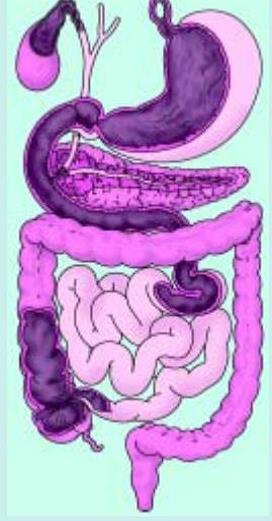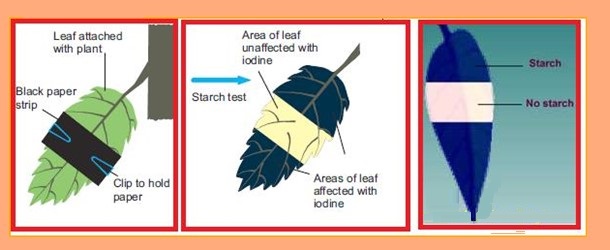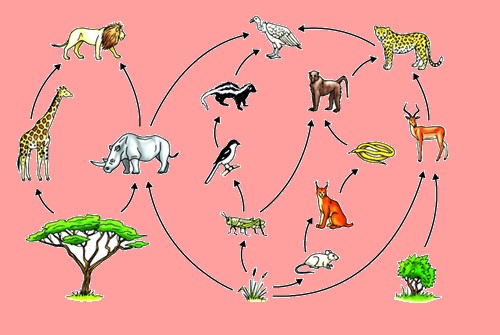Science
(www.olympiadsuccess.com)
Chapter 1: Nutrition in Plants
Class VII
NCERT Solutions
Question 1
Why do organisms need to take food?
Answer
Every organism needs to take food to get energy for the growth, development and maintenance of their bodies.
Question 2
Distinguish between a parasite and a saprotroph.
Answer

Question 3
How would you test the presence of starch in leaves?
Answer

Question 4
Give a brief description of the process of synthesis of food in green plants.
Answer
Leaves are known as the food factories of plants. In plants, the synthesis of food occurs in leaves. Thus, all the raw materials (Water, Carbon dioxide and sunlight) must reach the leaves. Water and minerals are transported to the leaves by the vessels which run like pipes throughout the root, the stem, the branches and the leaves. Leaves with the help of a green pigment, chlorophyll capture the energy of the sunlight. This energy is utilised in the synthesise (prepare) of food from carbon dioxide and water.
Question 5
Show with the help of a sketch that the plants are the ultimate source of food.
Answer
All living beings depends on plants whether directly or indirectly. For example, the plant eater animals depends directly on plants but carnivore depends indirectly on plants. The following sketch shows some examples of plant dependency.

Question 6
Fill in the blanks:
(a) Green plants are called _________________ since they synthesise their own food.
(b) The food synthesised by the plants is stored as _________________.
(c) In photosynthesis solar energy is captured by the pigment called ___________.
(d) During photosynthesis plants take in ______________________ and release __________________.
Answer
(a) autotrophs
(b) starch.
(c) Chlorophyll.
(d) carbon dioxide and release oxygen.
Question 7
Name the following:
(ii) A plant that has both autotrophic and heterotrophic mode of nutrition.
Answer
Question 8
Tick the correct answer:
(a) Amarbel is an example of:
(i) autotroph (ii) parasite (iii) saprotroph (iv) host
(b) A plant that traps and feeds on insects is:
(i) Cuscuta (ii) china rose (iv) pitcher plant (iv) rose
Answer
(a) Amarbel is an example of (ii) parasite.
(b) The plant which traps and feeds on insects is (iv) pitcher plant.
Question 9
Match the items given in Column I with those in Column II:
Column I Column II
Chlorophyll Bacteria
Nitrogen Heterotrophs
Amarbel Pitcher plant
Animals Leaf
Insects Parasite
Answer
Column I Column II
Chlorophyll Leaf
Nitrogen Bacteria
Amarbel Parasite
Animals Heterotrophs
Insects Pitcher plant
Question 10
Mark ‘T’ if the statement is true and ‘F’ if it is false:
Answer
Question 11
Choose the correct option:
Which part of the plant takes in carbon dioxide from the air for photosynthesis?
(i) Root hair (ii) Stomata (iii) Leaf veins (iv) Sepals
Answer
(ii) Stomata
Question 12
Choose the correct option from the following:
Plants take carbon dioxide from the atmosphere mainly through their:
(i) roots (ii) stem (iii) flowers (iv) leaves
Answer
(iv) leaves
Yearlong program for Olympiads preparation & to build necessary skills for future.
Explore More
Time to mark your calendar with the upcoming Olympiads exam schedule.
Explore More
Take your Olympiad preparation to next-level by taking LIVE Classes.
Explore More
Assess your performance by taking topic-wise and full length mock tests.
Explore More
Online tuitions for international compeitions like SASMO, SEAMO, etc for Grades 1-11.
Explore More